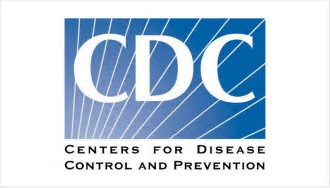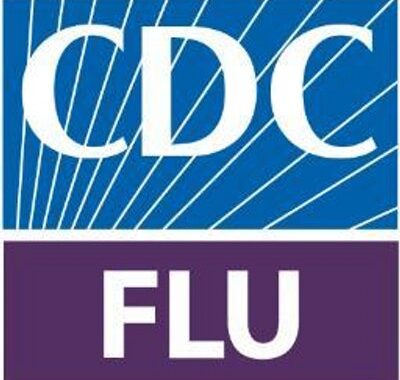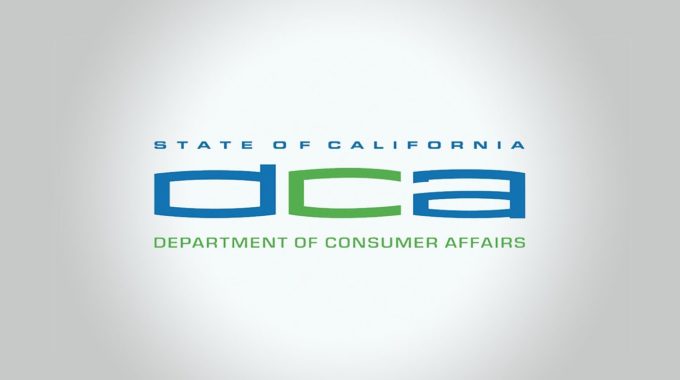As flu season intensifies, dental healthcare personnel (DHCP) play a vital role in protecting both…
CDC Wants to Remind People that Washing Hands can Save Lives – Infection Control
 In conjunction with the onset of flu season, in December 2017, the U.S. Centers for Disease Control and Prevention (CDC) published a feature article to remind people to wash their hands often to protect themselves and their friends and families from getting sick. The consumer article details when to wash hands, and describes a five-step process on how to wash hands effectively. The article also states when hand sanitizer is a good alternative to soap and water, and includes links to more information.
In conjunction with the onset of flu season, in December 2017, the U.S. Centers for Disease Control and Prevention (CDC) published a feature article to remind people to wash their hands often to protect themselves and their friends and families from getting sick. The consumer article details when to wash hands, and describes a five-step process on how to wash hands effectively. The article also states when hand sanitizer is a good alternative to soap and water, and includes links to more information.
CDC Hand Hygiene Guidelines for Healthcare Workers
The Centers for Disease Control and Prevention (CDC) also provides valuable online resources and information on proper hand hygiene in healthcare settings. Educational materials include interactive training for employees, an overview of hand hygiene, CDC guidelines, materials for patients, etc. Additionally, the CDC’s 2016 “Summary of Infection Prevention Practices in Dental Settings: Basic Expectations for Safe Care” and CDC’s Guidelines for Infection Control in Dental Health-Care Settings, 2003 recommend hand hygiene guidelines specific for dental staff, which include the following:
- Dental staff should wash their hands with soap and water at the start and end of each workday, in addition to before and after each patient. Hand hygiene is also required after removing and discarding gloves.
- The use of 60-95% alcohol-based handrubs as an alternative to soap and water is permitted, as long as hands are not visibly soiled or contaminated.
- Hands should be thoroughly dried before donning gloves to prevent bacterial growth. Additionally, hands washed with handrubs should be thoroughly dried before gloving because handrub products can interfere with glove integrity.
- Store liquid hand-care products in either disposable closed containers or closed containers that can be washed and dried before refilling. Do not add soap or lotion to (i.e., top off) a partially empty dispenser.
Since 1992, OSHA Review, Inc. has provided dental professionals with comprehensive programs to support regulatory compliance and infection control. We are a registered continuing education provider in the state of California, specializing in Dental Practice Act, infection control, and OSHA training.


